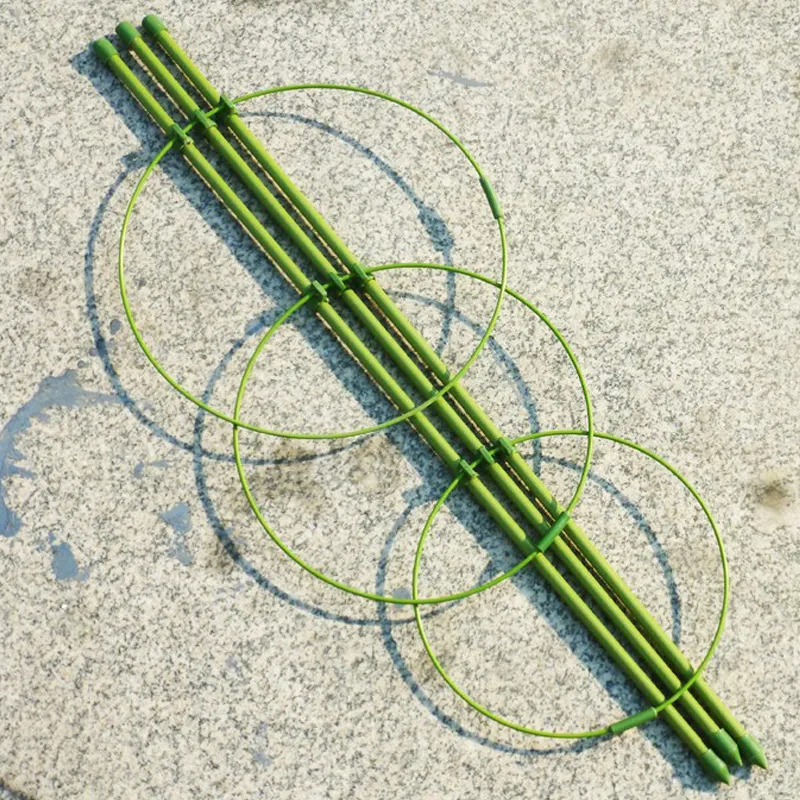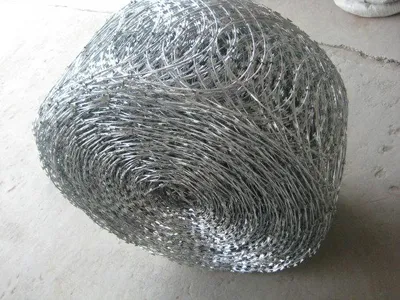

Professional recommendation always stresses the importance of appropriate screw spacing. The industry standard dictates that sheets should be affixed every 12 inches on the perimeter and around 16 inches within the field. This placement ensures stability and prevents future issues like drywall cracking or bulging — common problems that arise from improper fastening. Trustworthiness in providing guidance on sheet rock screw selection also encompasses the consideration of project-specific variables. Are you working in a high-moisture environment, like a bathroom or basement? Then opt for corrosion-resistant coated screws, which combat rusting and degradation over time. If your project includes fire-resistant drywall, special fire-rated screws are necessary to ensure compliance with local building codes and safety standards. Ultimately, successful drywall installation is much more than attaching panels to a frame. It's about a delicate balance between hardware choice and application technique. By prioritizing the right type of sheet rock screw and following established best practices, the result is not only aesthetically pleasing but also structurally sound. For anyone wrestling with drywall projects, whether a novice or a seasoned constructor, it's imperative to prioritize the foundational elements, like the choice of fasteners, as they dictate the outcome of your work. In offering this guidance, the aim is to empower builders to create durable, high-quality constructions with confidence and precision. The right sheet rock screws, paired with knowledgeable application, are the unsung heroes of drywall installation, providing the unseen security that holds the entire structure together.

















